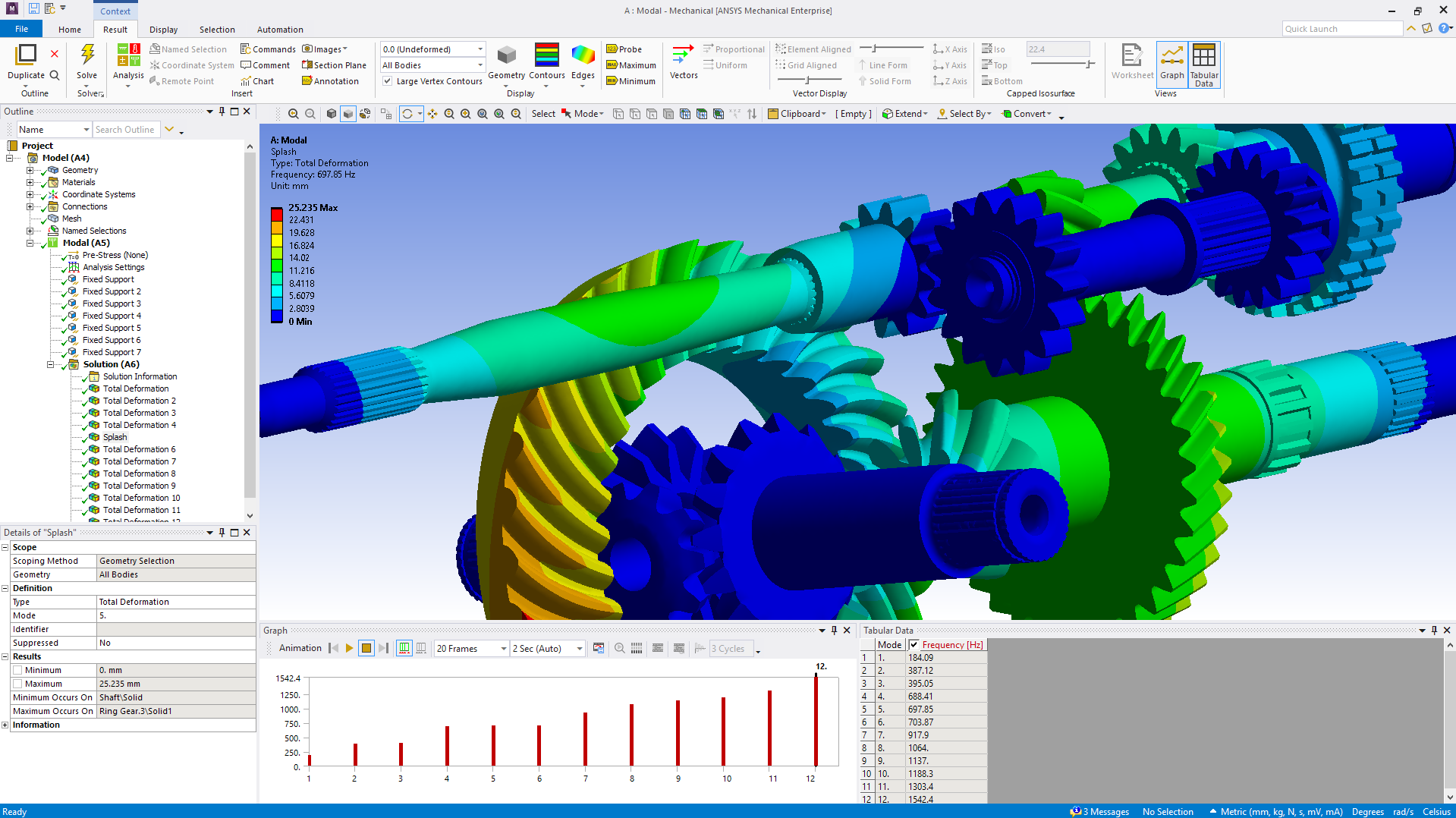Ansys Workbench Mechanical Introductory
Course Overview:
Suitable for new or occasional Ansys users, our Ansys Workbench Mechanical Introductory course teaches the basics of using Ansys Mechanical to perform finite element analysis (FEA).
Who should take this course:
- New engineers looking to get started with Ansys Workbench Mechanical.
- Engineers with desire to re-learn introductory methods to finite element analysis (FEA).
- Engineers who have previous experience in Mechanical or similar software and are looking for a refresher.
With completion of this Ansys FEA Training, you will:
- Become proficient in:
- Pre-processing
- Post-processing
- Geometry Interaction
- Mesh Control
- Connections
- Boundary Conditions
- Multistep Analysis
- Modal Analysis
- Thermal Analysis
- Debugging
- Parameterization
- Receive an official certificate of completion with professional development hours that can qualify for the continuing education requirements upon renewal of a PE license in most states or provinces.
Contact for FEA 101 Training

Course Agenda | FEA 101
Module 1: Introduction
Workshop: Mechanical Basics
Module 2: Preprocessing
Workshops: 2D Gear and Rack, Scoping Wizard, Named Selections, Object Generator
Module 3: Meshing
Workshops: Mesh Creation, Mesh Control
Module 4: Model Setup
Workshops: Multistep Analysis, Parameter Management
Module 5: Connections
Workshops: Contact Offset Control, Joints, Remote Boundary Conditions
Module 6: Post-Processing
Workshop: Mesh Evaluation
Module 7: Modal Analysis
Workshops: Modal Analysis, Prestress Model
Module 8: Steady-State Thermal Analysis
Workshops: Thermal Analysis, Thermal Structural Analysis
Module 9: Debugging
Workshops: Debugging, Validaton
Related Courses

